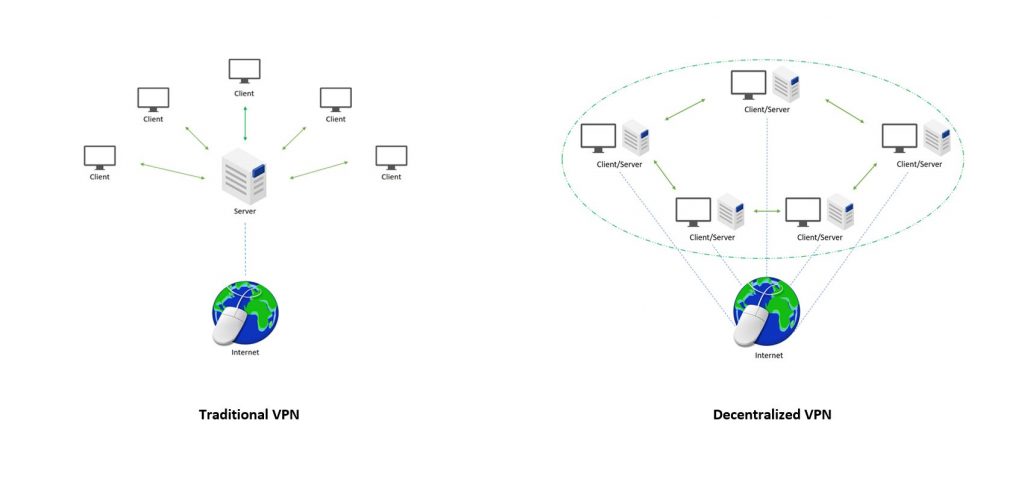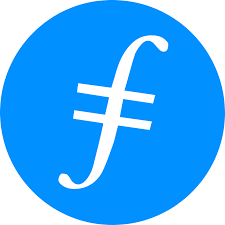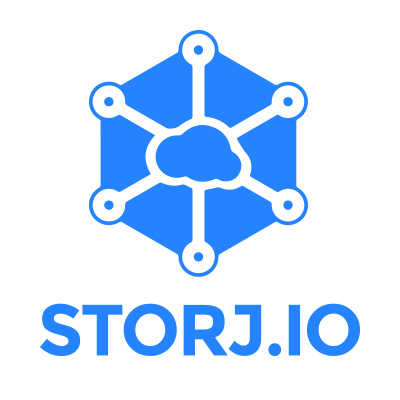Blockchain network Filecoin is set to disrupt cloud storage starting next month as the growing demand for cloud solutions leads us into decentralized and distributed networks. In fact, Gartner predicts most cloud service platforms will provide distributed cloud services by 2024. This week, we look at what it means to decentralize cloud storage and how blockchain tech applications are involved so that you live easy, on the cloud.
What is decentralized storage?
We touched on decentralized networks back in March with an overview of distributed VPNs explaining how VPN users can act as relay and exit nodes in a peer-to-peer (P2P) network (shown on the bottom right below).
With the same concept, decentralized cloud storage and cloud computing have been making tech headlines recently. And while businesses often weigh storage options between a centralized cloud or physical storage hardware, decentralized storage is becoming an increasingly available option.

Distributed cloud computing goes beyond the traditional “cloud” concept that storage be kept away from associated cloud-delivered services to incorporate the locations of those services. Offering cloud services closer to where they’re needed, on the edge for example, lowers latency by decentralizing cloud infrastructure. With edge computing right on trend then, it’s no wonder IDC predicted that by this year, 45% of data generated by IoT devices would be stored, processed, and analysed on the edge.
Decentralized cloud storage uses the power of edge computing. Processes and storage are moved to devices (endpoints) across multiple physical locations – called nodes – at the edge of the network, rather than to a central data center. As a result, each node maintains its own cloud functionality.
By distributing storage across multiple nodes, no single user can contain an entire file, for example. Requesting that file then is a matter of downloading fragments from network participants until the file is complete. Any user can become a network participant, offering up unused storage and resources in return for incentives like tokens.
As in the case of dVPNS, decentralized storage has no single, central authority. This way, data fragments across multiple nodes can remain secure in the event that any one node is compromised, a significant advantage of decentralization: there is no single point of failure. Centralized cloud storage, on the other hand, is affected when that one central authority is compromised. This leaves users vulnerable in situations where they already have little control over their data, a disadvantage of centralization, and one of the reasons decentralizing is growing in popularity.
Users give control of their data to cloud service providers once they agree to store it on public cloud platforms, making it important to choose wisely In a short period of time, data can be copied to servers across various geographical locations, increasing the potential for threat entry.
Because decentralization breaks data up into fragments to be spread out across participants, rather than saving copies to central servers, threat protection is optimized; decentralized storage essentially provides security via compartmentalization. This advantage also helps users avoid other security risks such as third-party data mismanagement (think, Facebook’s Cambridge Analytica), data breaches, and data outages.
Now, blockchain technology is being applied to decentralized storage systems and peer-to-peer networks for the development of decentralized storage networks by several players looking to disrupt traditional cloud storage.
Blockchain tech for decentralized storage networks
Blockchain is a distributed ledger technology (DLT), where data is shared with end-to-end encryption in near real-time across multiple points on a network. This is the same sort of peer-to-peer structure encountered in dVPNs and decentralized storage. The difference here is that every exchange of data acts as a “block” that gets added to an inalterable chain, each block linked to the previous.
When information joins the chain, it is distributed across available network participant resources where it can’t be erased; any updates to the blockchain can therefore only be carried out with the consensus of network participants. Modifications are then recorded and almost immediately visible, making the whole process both secure, and transparent.
These advantages come back to the main difference between blockchain technology and the cloud: decentralization. And when applied to decentralized storage networks, as cases published in the Journal of Network and Computer Applications, blockchain improves security with its low-trust architecture.
Needless to say, beyond cryptocurrencies and smart contracts blockchain can be used simply for data storage. In fact, “Among all the existing uses of this technology, decentralized storage systems are one of its prominent applications.” So, who’s joining the movement?
The players disrupting cloud storage
Gartner predicts the next generation of cloud computing will keep current advantages while extending the range and use cases for the cloud. This means bringing blockchain into the mix.
Among those disrupting cloud storage is Filecoin, one of the first blockchain projects to bring up the idea of a decentralized storage network. Just last week, Filecoin announced the expected release of their blockchain-based decentralized storage efforts next month with the mission to allow users and participants to negotiate directly with crypto-token miners for reliable storage solutions at hypercompetitive prices.
Users will earn Filecoin tokens by providing data storage and retrieval services to users across the global network, which they can then exchange for USD, BTC, ETH, and other currencies. The more data these miners store, the more storage power they acquire. With more storage power come increased chances of generating new blocks and earning rewards.
This points to a key difference between decentralized storage blockchains like Filecoin and other blockchain applications: They’re based on storage power consensus over raw computing power. And without the involvement of trusted third parties, security is maintained via operating protocols, data storage and retrieval verification, and consensus algorithms.
Earlier this year, Storj also took on the cloud service giants with their decentralized cloud storage open-source platform Tardigrade, which they outline for Forbes as the following,
“Because any 30 of a file’s 80 pieces can be used to reconstitute a file, and since each of the 80 pieces is stored on statistically uncorrelated nodes (with separate power supplies, operators, equipment, and networks), the system is exceptionally resistant to outages or breaches, whether caused by natural disasters, human error, or malicious actors.”
Other organizations working on decentralized storage include PPIO, Sia, MaidSafe, Swarm, and Burst – all of which can expect more attention as cloud market growths goes on strong.
Decentralization in a time of social distancing
Since the arrival of COVID-19 and adaptation to a remote work culture, we’ve been watching the cloud industry boom with increased demand. As Furtorium highlights, big players like Amazon and Microsoft are enjoying rising revenues, but they’re also seeking to increase control over their infrastructure from telcos, and they’re not alone. As the demand for cloud solutions increases among enterprises, so to does the need for more data control. Decentralized storage just keeps looking better.
At LeCiiR, we’re all about security, reliability, and innovation. That’s why we’re keeping blockchain technology and decentralization among our top priorities as we consistently update our offerings to best meet your enterprise objectives. For questions on our services or any other tech topics you’d like to read about, don’t hesitate to contact us and leave your comments.
References
Ameer Rosic, Centralized vs Decentralized Storage: Redefining Storage Solutions with Blockchain Tech. Acc. August 2020. Blockgeeks.
Brave, VPNo: A Privacy-Preserving Distributed Virtual Private Network. October 2019. Brave.
George Leopold, Blockchain Network Filecoin Looks to Disrupt Cloud Storage. August 2020. Enterprise AI.
Katie Costello, The CIO’s Guide to Distributed Cloud. August 2020. Gartner.
Medium, What Is Decentralized Storage? May 2019. Medium.
Michelle Drollet, How a decentralized cloud model may increase security, privacy. July 2019. CSO.
Nazanin Zahed Benisi, Mehdi Aminian, and Bahman Javadi, Blockchain-based decentralized storage networks: A survey. July 2020. Journal of Network and Computer Applications.
Robert Anzalone, Blockchain Creates A New Cloud. Storj Want To Challenge the Giants. March 2020. Forbes.
R. Scott Raynovich, Introducing Futorium’s Cloud Tracker – Q1 2020. June 2020. Futorium.
Steve Walters, Filecoin Review: Decentralised Blockchain Based Storage Network. January 2020. CoinBureau.






Recent Comments